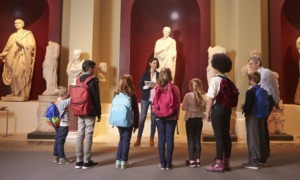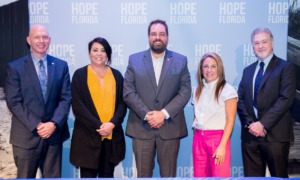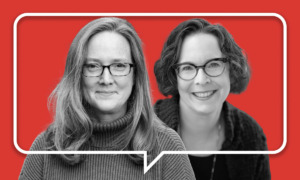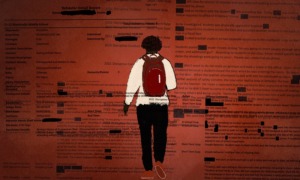Bucharest, Romania
40-1-252-73-57
www.%20arca.org.ro
Objective: To provide a safe space for refugee adolescents to interact with Romanian teenagers and better understand Romanian culture and history.
In a Nutshell: Over the course of six months, teens meet twice a week to discuss youth issues (violence, tolerance and school are hot topics) and go on short field trips to learn about Romanian history and life. After six months of sessions, participants organize a project where they learn teamwork and leadership skills. Past projects have included producing a play and coordinating a camping trip.
Where It Happens: The Refugee Adolescents’ Club (RAC) is based in Romania’s capital. Because Romania has become a transition country for refugees from the Middle East, Africa and Asia, Bucharest is a major hub for refugees making their way to Western Europe.
When It Began: RAC developed as a part of the Romanian Forum for Refugees and Migrants (known as ARCA) in 1999, after an ARCA-led youth group came together to create and perform a Christmas show for the community.
Who Started It: Dalila Ionescu, then 21 years old, helped organize the Christmas pageant and was astounded at how close all the participants were by the end of the show.
Who Runs It: Ionescu continues to lead RAC, developing the curriculum for the training sessions and planning the cultural outings. She also guides participants in volunteer projects and community outreach.
Early Obstacle: In one of the early sessions two refugee participants who did not speak Romanian had trouble participating in the discussions and activities. Ionescu said she tried to communicate with them through makeshift sign language, but the language barrier made it difficult for the group as a whole to come together.
How They Overcame It: Now the program accepts only youth who speak Romanian. This doesn’t deter too many applicants, Ionescu says, because the wait for recognized refugee status is long, and most interested youth speak at least some Romanian by the time they show up.
Cost: RAC’s budget last year was about $8,000.
Who Pays: The U.N. High Commissioner for Refugees covers the annual budget. Last year the club also received two grants from the European Commission.
Youth Served: Sixty 14- to 18-year-old youths have been served since the program began. During each session, six Romanians and six refugees take part in the program’s training. Ionescu says most of the refugees are Muslim and come from Afghanistan, Iran or Iraq. Because most of the participants continue to attend the cultural outings after they finish the training sessions, RAC currently serves about 40 youths.
Youth Turn-On: Because many of the refugees have been “traumatically uprooted from their homes and placed in a country they know little about,” Ionescu says, RAC offers them a way to “share their traditions and cultures” without feeling alienated. It also helps them develop close friends, who not only help them adjust to their new country, but also become “extended families.”
Youth Turn-Off: Youth often get frustrated speaking one at a time about cultural issues in classroom-like discussion sessions. Ionescu insists that this is the most effective discussion method, especially for the refugee youth, who may not otherwise follow the conversation as well.
What Still Gets in the Way: Ionescu worries that because the United Nations gives less funding each year, she will have to start cutting activities if she can’t find other donors. “They want to go to McDonald’s or to see Romania,” she says of the youth. “Some of them have never seen the seaside. I wish I had more money so I could show them everything.”






























